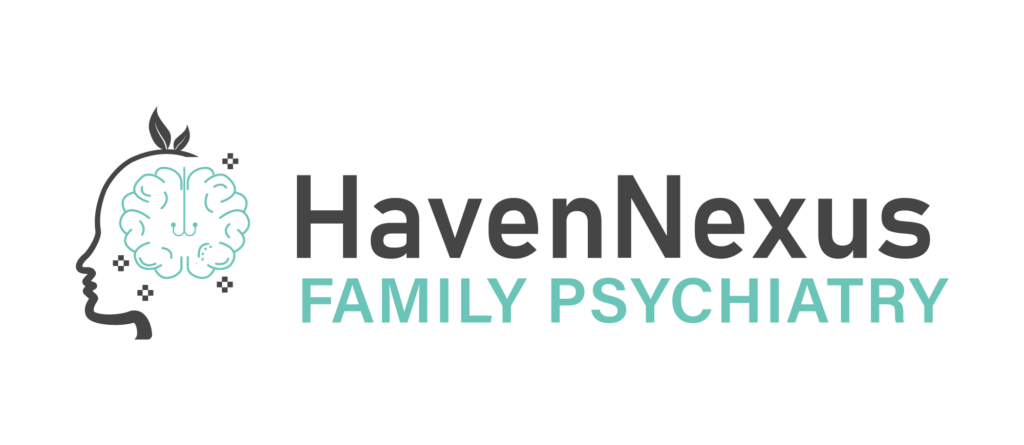Attention-Processing Hyperactivity Disorder (ADHD), references children and adults with ADHD whose symptoms may present differently that makes it hard for the individual to manage the everyday tasks. Although ADHD has some features in common with ADHD, the disorder is still different, and this means that there are special interventions for its diagnosis and treatment. Prevalence, diagnostic indicators of APHD, its differentiation from other disorders, as well as the principles of diagnosis and treatment of pathology in children and adults will be discussed in this article.
Understanding ADHD: What is It?
ADHD is a neurodevelopmental disorder that causes impairments in acquiring information; sustaining attention and regulating one’s impulses. Unlike ADHD, ADHD also directly affects the working of an individual’s information processing and therefore hinders them in both academic and social contexts.
Identifying APHD in Children
ADHD symptoms are seen in children with ADHD, thus their symptoms may be confused with normal developmental behaviors or those of other diseases. Key signs include:
- Difficulty Following Instructions: The children with APHD have difficulties in comprehension and implementation of instructions and often leave out steps in a string of instructions given to them.
- Frequent Daydreaming: AHDP affects all children, in that they will daydream, but these children may get lost in their thoughts and lose information or discussion.
- Impulsivity:This can appear in the form of answering questions before waiting for the questioner, interrupting others and engaging in actions that have not fully evaluated the consequences.
These behaviours can result in academic problems and issues related to social interactions and manageability by parents/foster parents as well as frustration for the child.
Identifying APHD in Adults
Thus, despite the possible appearance of the development of certain adaptations, a person with APHD will experience the condition’s manifestation in their day-to-day existence. Common symptoms include:
- Chronic Procrastination: Among the ADHD-related behaviors that adults may display, they may always procrastinate with tasks, particularly those that demand concentration and attention.
- Difficulty Organizing Tasks: Time management, task scheduling, or just organization in general is often difficult to accomplish.
- Restlessness: Although it does not manifest as often as in children, for example, adults can feel that they are, in some way or another, unable to sit still or they may not feel comfortable relaxing or moving around.
All these symptoms therefore impact one’s working ability, interaction with colleagues or the community as well as one’s quality of life.
Managing ADHD in Children
The symptoms of ADHD can be minimized when children with the disorder are facilitated early enough. Effective strategies include:
- Behavioral Therapy:Through therapy, the child can build up good coping skills and enhance their capacity to focus and have self restraints.
- Structured Routines: When children with APHD are given proper guidance, routines may help the child that lacks structure beyond removing stress and enhancing the completion of tasks.
- Educational Support: It shows that schools can provide specific assistance to a child, for example additional time for working on the task or creating a personal learning profile in order to succeed in school.
Managing ADHD in Adults
Adults with ADHD can benefit from a combination of strategies to manage their symptoms:
- Cognitive Behavioral Therapy (CBT): CBT may assist those affected by APHD to modify the negative attitudes towards themselves, as well as to learn useful strategies concerning the varying tasks and staking pressure.
- Time Management Tools: The key methods, which can be employed to help adults remember about their tasks include the use of planners, the use of digital reminders, and putting into practice time-blocking techniques.
- Mindfulness Practices: Mindfulness meditation and relaxation therapy can lower restlessness and increase concentration effectively.
FAQs about ADHD
1. What is the difference between APHD and ADHD?
APHD and ADHD share similarities, such as difficulties with attention and impulse control, but APHD also involves challenges with processing information, making it a distinct condition.
2. Can APHD be diagnosed in adulthood?
Yes, this condition, again, can be diagnosed in adulthood. Some adults with APHD were perhaps not diagnosed as children, yet they show severe symptoms that limit their functioning.
3. What are the treatment options for ADHD?
The treatment offered is behavioural therapy, cognitive–behavioral therapy, medication and organisational tools and mindfulness techniques.
4. How can I support a child with ADHD?
Caring for a child with APHD means helping him/her adhere to a strict schedule, cooperating with the teachers to design a specific academic program, and undertaking to consult a professional, for instance, a therapist.
5. Is medication necessary for managing ADHD?
Medicine is beneficial in the treatment of some students with APHD but is only one of the approaches. Most individuals stand to access therapy, making lifestyle alterations, and operating time management parts.
Conclusion
This is a highly composite disorder which manifests in children as well as adults, and in almost all the cases a comprehensive approach is called for in the management of the condition. Through recognizing the clinical manifestation of ADHD and managing stress, people with this disorder can live normal, productive lives. There are various approaches that have to be taken to manage APHD among these are; Proper early intervention, therapy, and proper supportive environment.


